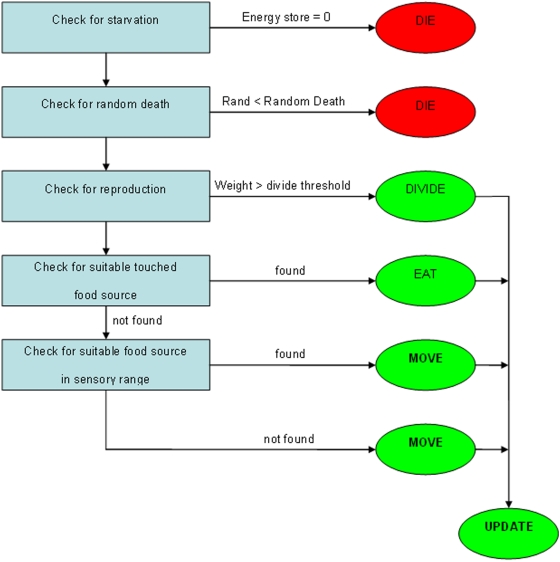Figure 3. In each turn of the simulation all unicells are treated in a fixed order.
If the unicell starves or dies due to the chance of random death it is removed from the simulation (though this could be modeled by saprophytes). If its energy store is sufficient then the unicell divides, creating two new unicells. These child unicells are usually half the size of their parent but there is a small chance of uneven division. New unicells cannot take any action in the first turn they are created and a unicell that divides can take no further action that turn. If a unicell doesn't have sufficient energy to divide it looks for food. First it considers what the best source of food is within its physical radius, if there is no suitable source then it will move towards the best source in its sensory radius.

